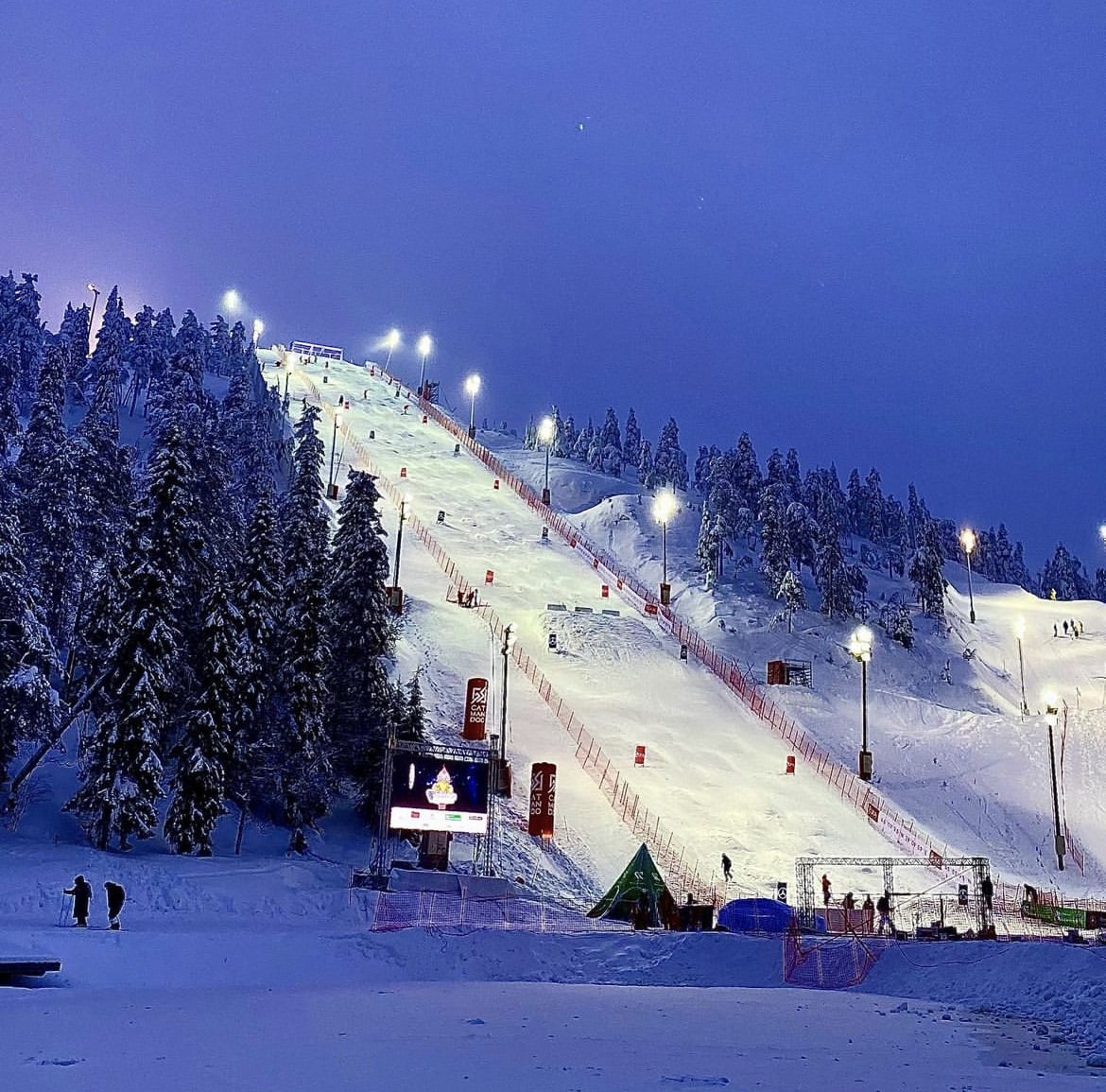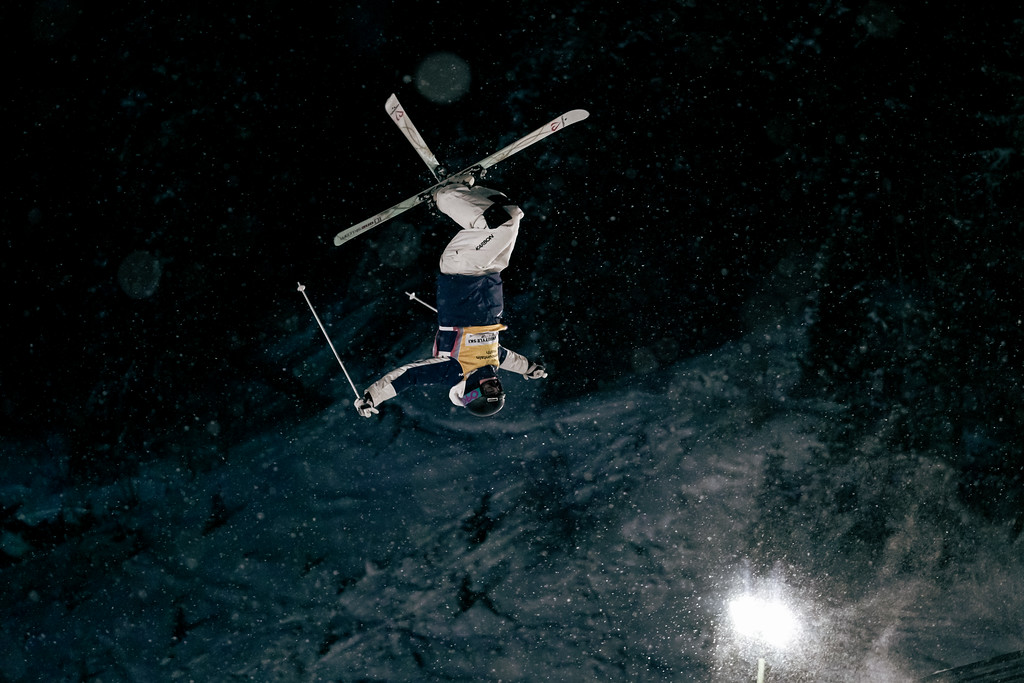
Ever since high-level skiing and snowboarding competitions have drawn the eyes of fans, the way runs are scored has been a heavy topic of discussion. Both sports have a subjective nature, putting pressure on judges to correctly score each run to properly place skiers and riders on the podiums in competition. In response to the demand for high-level judging, the International Ski and Snowboard Federation (FIS) has been using remote judging to score Moguls and Aerials, two disciplines that rely heavily on marks awarded by judges.
The scores of Moguls and Aerials competitions significantly depend on the eyes of a judging panel. According to FIS, scores in Aerials competitions depend entirely on the technical assessments of the judges, and scores in Moguls competitions are comprised of 80% judges’ assessments and only 20% time component. The nature of these disciplines forces judges to make difficult scoring decisions, but FIS has found that remote judging makes scoring more accurate and consistent.
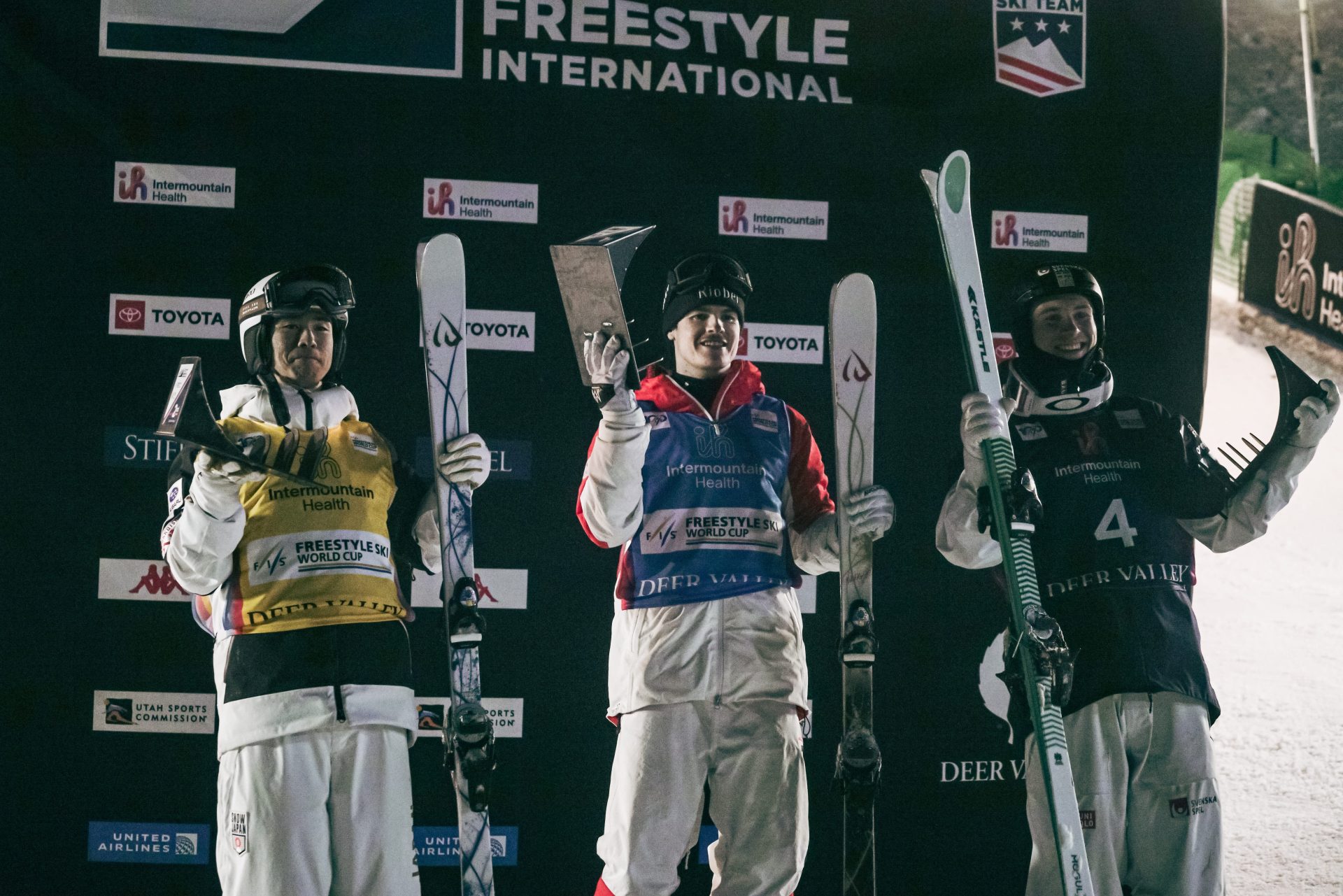
The 2024-25 season is the third straight season in which FIS has used remote judging for Aerials and Moguls competitions. Remote judging has allowed FIS to use modern technology for more accurate scoring while also meeting sustainability goals and cutting operating costs.
This season, FIS has used a technology called VOGO, an advanced video technology system that allows remote judges to closely watch competitions as well as replay runs. VOGO allows the remote judges to have an on-site perspective with front and side views, with slow-motion replays and additional angles available if needed. This technology has also been used in other sports, such as rugby, basketball, and BMX Freestyle. With this system, FIS only needs one judge on-site, with the rest of the judging panel tuning in remotely.
Remote judging also brings more scalability to FIS competitions. VOGO technology can be adapted for various levels of FIS competition, including Junior World Championships.
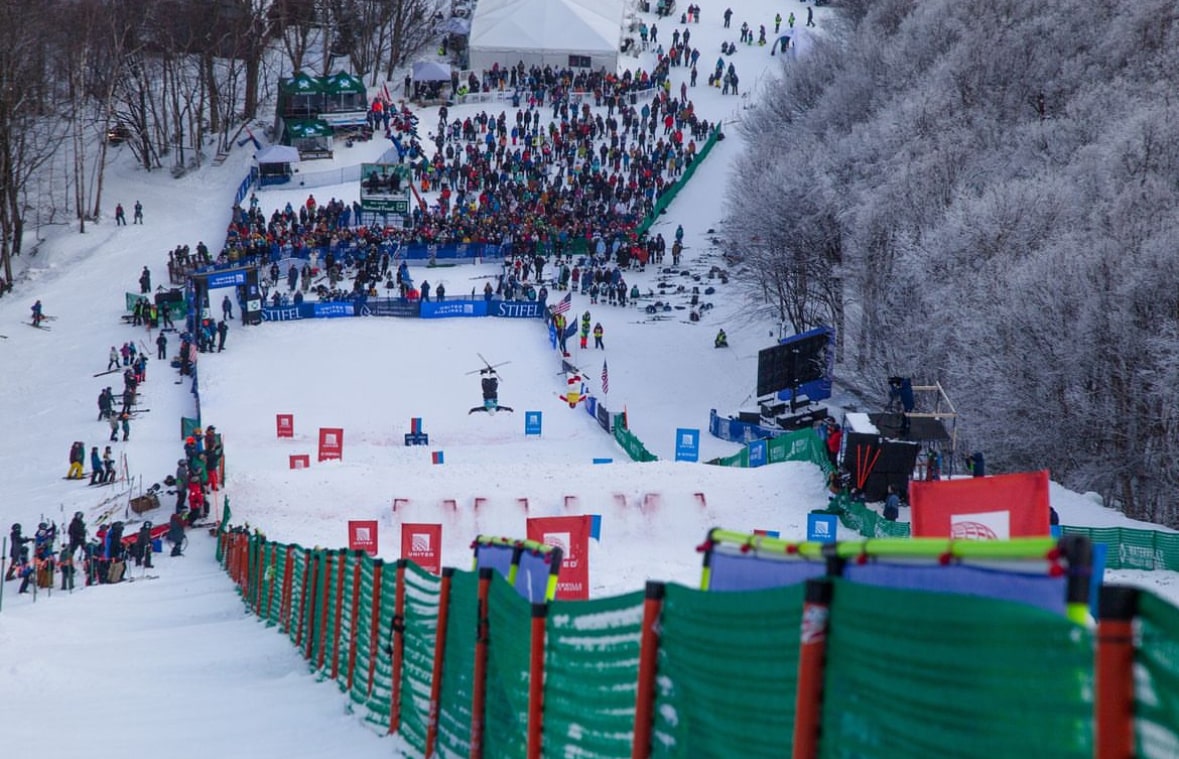
Besides allowing for more accurate scoring, the technology has allowed FIS to promote environmental sustainability while also cutting costs. By eliminating the need for judges to travel to events, the Federation reduces its carbon footprint while also reducing the costs of travel and accommodations for a whole panel of judges.
“With a panel of up to seven scoring judges in Moguls and Dual Moguls and five for Aerials – plus a head judge, the costs of travel, accommodation, and logistics are significant. Additionally, there’s the sustainability aspect. By minimizing travel, we significantly reduce the event’s carbon footprint,” said Andrea Rinaldi, the Moguls and Aerials Race Director for FIS.
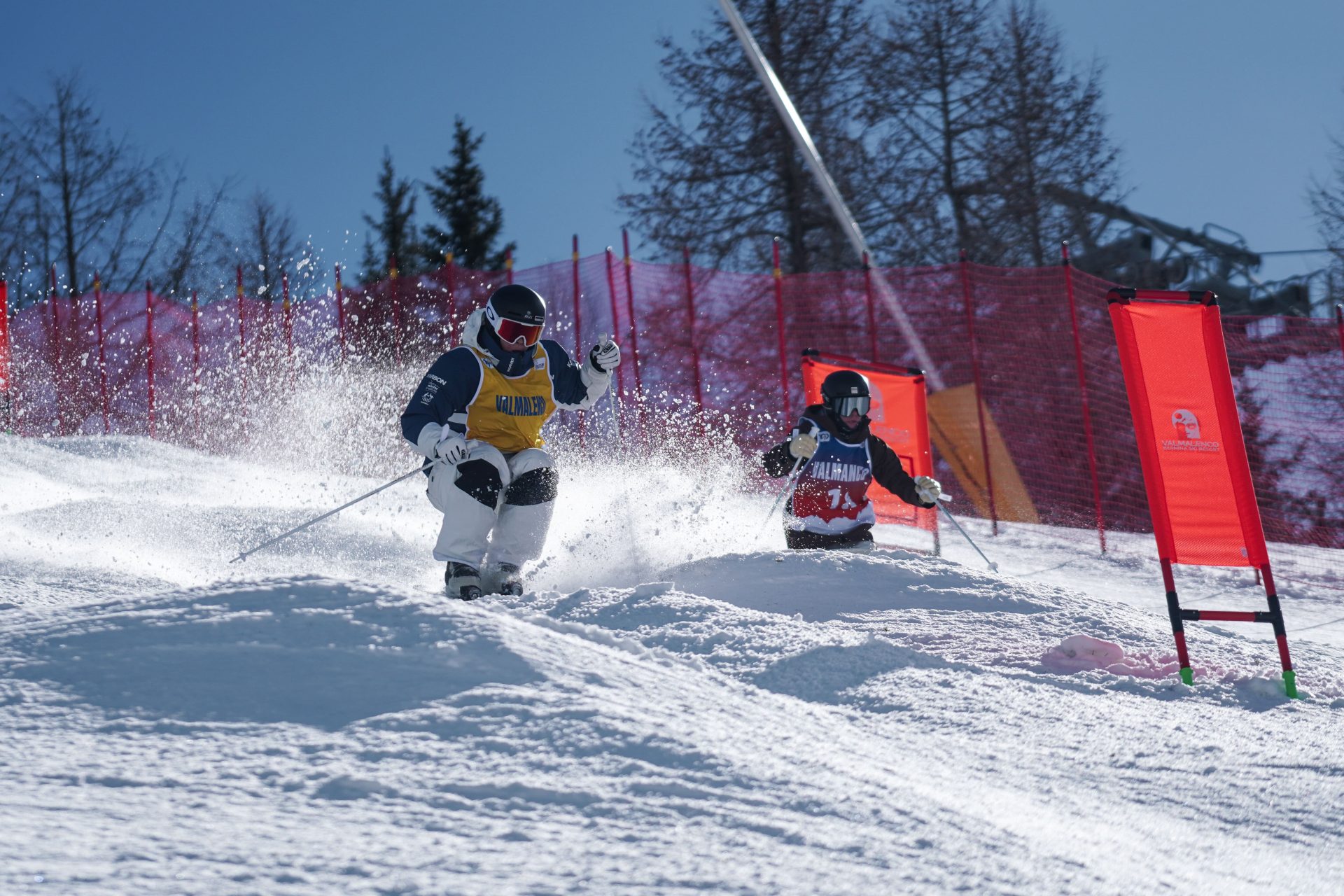
The trend of using modern technology to help score skiing and snowboarding is continuing to push competition forward. With the recent X Games’ use of AI in the halfpipe and FIS using VOGO to maximize accurate scoring, it is obvious that industry leaders want the best for their athletes who dedicate their lives to winning competitions. As AI and other video review technology improve, so will the nature of skiing and snowboarding competitions.
